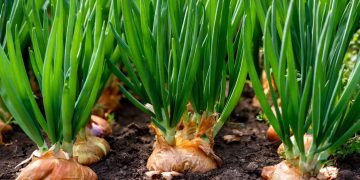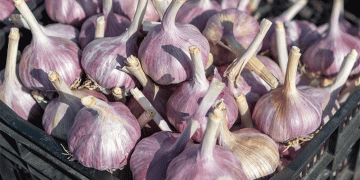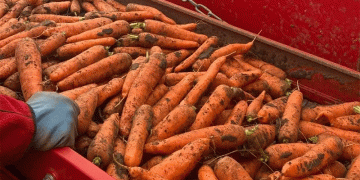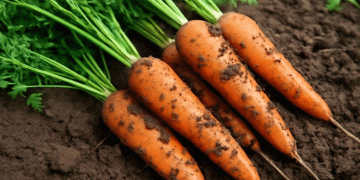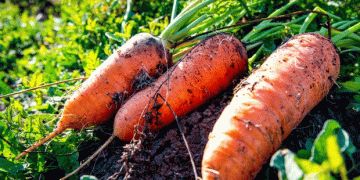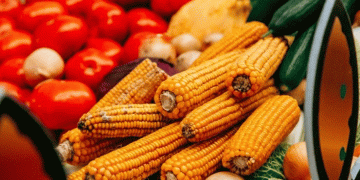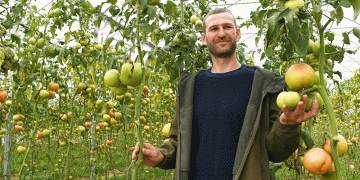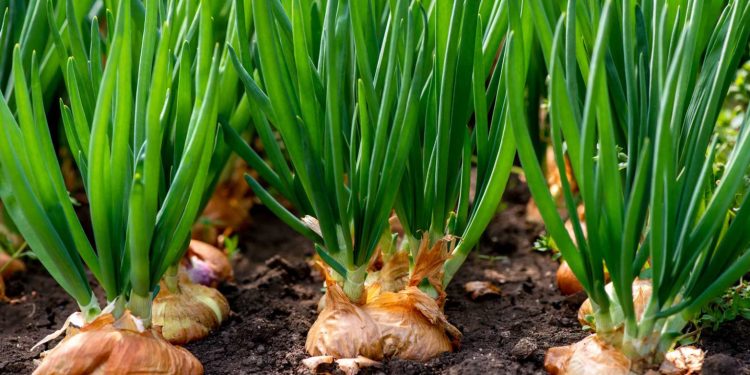Onions are a staple in many kitchens around the world, providing a unique flavor to dishes of all kinds. Growing onions in your garden can be a rewarding experience, but it’s important to understand how to properly fertilize them to achieve a healthy and abundant crop. In this article, we will explore some tips and techniques for fertilizing onions.
The first step to fertilizing onions is to prepare your soil properly. Onions prefer well-draining soil that is rich in organic matter. Before planting your onion sets or seedlings, mix in a generous amount of compost or well-rotted manure to improve soil fertility.
Once your onions are planted, it’s important to fertilize them regularly throughout the growing season. A balanced fertilizer with an NPK ratio of 10-10-10 is a good choice for onions. Apply the fertilizer around the base of the plants, taking care not to get any on the leaves.
It’s important to water your onions regularly, especially during dry spells, to prevent the soil from becoming too dry. When watering, be sure to avoid getting water on the leaves, as this can increase the risk of fungal diseases.
As your onions grow, you may also want to consider side-dressing them with additional fertilizer. This involves applying a small amount of fertilizer to the soil around the base of the plants, about 4-6 weeks after planting. This can help to provide a boost of nutrients when the plants need it most.
In addition to proper fertilization, there are a few other tips to keep in mind when growing onions. Onions prefer a pH of 6.0 to 6.8, so it’s important to test your soil and adjust the pH as needed. You should also keep the soil free of weeds, as they can compete with your onions for nutrients and water.
By following these tips and techniques for fertilizing onions, you can help to ensure a healthy and bountiful crop. With a little care and attention, you can enjoy fresh, homegrown onions in your favorite dishes all year round.
